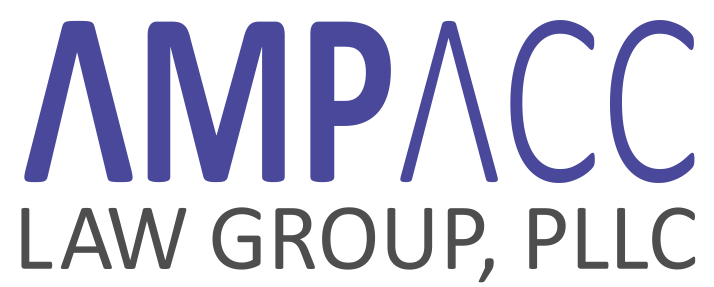On June 16, 2015, the Federal Circuit decided Williamson v. Citrix, changing its position on means-plus-function claims. Because this case has potentially significant impacts on the validity and scope of software patent applications, we are providing this memo to give a brief summary of this case and its implications.
Before this case, the USPTO and the courts presumed that a claim term would not be a means-plus-function claim unless it recited the term “means.” This presumption allowed patent applicants to clearly indicate their intent to use the means-plus-function form.
In Williamson, the Federal Circuit overruled the case law establishing this presumption against means-plus-function claiming. Instead, the court held that a claim may be interpreted under § 112(f) as a means-plus-function claim if it uses a generic term, such as “module,” “unit,”“device,” “mechanism,” and “element,” coupled with functional language. Thus, the Federal Circuit interpreted the following language as a means-plus-function limitation:
“a distributed learning control module for receiving communications transmitted between the presenter and the audience member computer systems and for relaying the communications to an intended receiving computer system and for coordinating the operation of the streaming data module.” Claim 8, U.S. Patent No. 6,155,840 (emphasis added).
Software, which is generally described in terms of its functionality, is often claimed using generic terms like “module.” After Williamson, such claims will be interpreted by the USPTO and the courts under 35 U.S.C. §112(f) as means-plus-function claims.
Under 35 U.S.C. § 112(f), a means-plus-function claim element is limited to the structure(s) described in the specification. In particular, the specification must provide a “structure” to perform the claimed function. If a structure is not disclosed in the specification, then the claim could be invalidated as indefinite. For software-related means-plus-function claims, this structure must be supported by a computer programmed to perform a specific algorithm disclosed in the specification. For example, the Williamson court invalidated the entire claim at issue as indefinite because the accompanying specification did not describe a specific algorithm carried out by the distributed learning control module.
The Williamson case has significant impacts on software applications. Software applications should include flow charts to support the use of generic claim terms such as “module,” “unit,” and “device.” Method claims should be used more prominently to protect software applications since a means-plus-function claim element is limited to the structure(s) described in the specification and more likely construed to have a narrower scope than method claims.
